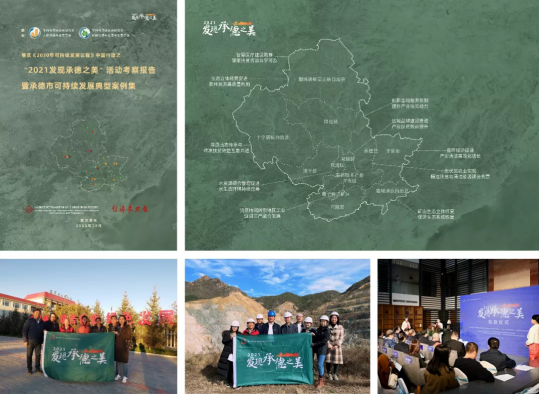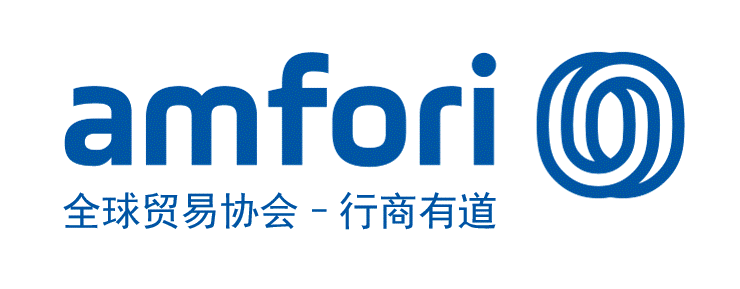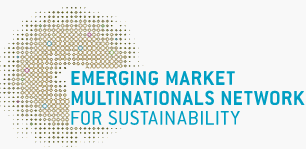SDG demonstration zones in China
2022-10-27未知Zhang Xiaotong0
China is one of the earliest and most active countries to respond to the 2030 Agenda for Sustainable Development of the United Nations. While major achievements have been made in comprehensively promoting the implementation of the Sustainable Development Goals (SDGs) at national, local and industrial levels, China also has shown obvious regional differences in resource endowment, economic development stage, urbanization process and other aspects. With the possibility of providing a more diversified and rich experience model of sustainable development for the world, it has been widely concerned by the international community.
The State Council issued a circular on the plan to build demonstration zones nationwide in an effort to implement the 2030 Agenda for Sustainable Development. According to the circular, practical experiences and solutions gained in the building of demonstration zones should be promoted to regions with similar conditions. At the same time, China’s solutions on sustainable development should be introduced to the world through the Belt and Road Initiative and other national strategies.
Since the establishment of the SDG demonstration zones began, different zones have summed up their experience and condensed their models for their respective demonstration themes through various forms, which has been highly praised by the international community. Many international organizations expect China to actively share practical experience and jointly promote the implementation of the 2030 Agenda.
First, build or participate in international exchange and training platforms to attract other developing countries to learn from the experience of demonstration zones and showcase China’s achievements in sustainable development to the world.
For example, the Ministry of Science and Technology (MoST) and the United Nations Department of Economic and Social Affairs (UNDESA) jointly held the “United Nations – MoST Joint Capacity Building Workshop on Science, Technology and Innovation for Sustainable Development Goals”, which comprehensively demonstrated the concept, methods and effectiveness of SDG demonstration zones to representatives from nearly 30 countries around the world. Meanwhile, organized and supported by Department of Science and Technology for Social Development, MoST and the Administrative Center for China’s Agenda 21 (ACCA21), the demonstration zones use multiple platforms, such as the Partnering for Green Growth and the Global Goals 2030 (P4G), the COP24 UN Climate Change Conference 2018 in Katowice, the Tenth Session of the World Urban Forum (WUF10) to actively share their experience and model. More and more developing countries are paying attention to and learning from the successful experience gained in demonstration zones.

Second, take the initiative to summarize their own development practices and experience, cooperate with social groups in the field of sustainability, and tell the world and the society about the typical practices of local sustainable development.
For example, in the report series China's Implementation of Goal 11 of the 2030 Agenda for Sustainable Development: Blue Book of Urban Human Settlements in China, jointly planned by the Human Settlements Committee of the China Society for Sustainable Development (CSSD) and the Professional Committee on Innovation and Green Development, relevant cases of the demonstration zones are selected every year and released to the world in both Chinese and English. Cases such as "Shenzhen City: Improving the Sustainable Development Capacity of Super Large Cities through Urban Renewal and Public Space Management" and "Guilin City: Promoting the Sustainable Utilization of Landscape Resources in Important Agricultural Heritage Sites" have been included in the report, expanding the ways for the demonstration zones to tell China’ SDG stories.

Third, make full use of diversified media, increase publicity and promotion, and make sure the concept of sustainable development to be widely supported, and the relevant experience to be widely spread in a timely manner.
For example, Chengde City implemented the 2030 Agenda for Sustainable Development - China Action 2021 "Discover the Beauty of Chengde" campaign. Through joint investigation by industry experts and media reporters, the theme of the construction of Chengde Demonstration Zone is benchmarked to the 2030 Agenda, and the sustainable development experience is systematically summarized. In the end, a series of achievements including inspection reports, case collections, documentaries, news reports, and short videos were developed, with nearly 40 million views in less than a month, which greatly enhanced the publicity and reputation of the construction of the demonstration zone.

In addition, the construction of the SDG demonstration zone has also attracted many experts and scholars to carry out relevant research on it, including many special studies focusing on typical cases and practical experience. For example, academic journals such as "China Population Resources and Environment" and "Ecosystem Health and Sustainability" of CSSD have published studies related to the construction of demonstration zones.
First of all, in line with the trend of the times and international development, it is necessary to sum up experience to meet the development needs of the times more proactively, and enhance the pertinence of telling China’s stories of sustainable development. As the process of globalization continues to accelerate, the link between local development and the external environment is becoming inextricable. This requires the demonstration zones to examine its own development needs and contributions from a higher perspective during the construction process, so as to accurately estimate its typicality and representativeness during the implementation of SDGs, in order to select the most representative and expressive cases in the rapidly changing social, economic and environmental development, and enhance the influence.
Second, the SDG demonstration zone should be a culturally inclusive "story teller", avoid "self-talking", and improve the readability of China’s sustainable development stories. Being an international topic, sustainability is recognized and supported by most countries and regions around the world, which can be used for cross-cultural exchanges. However, styles of sustainable development stories written by the primary-level administrations and under the "SDG context" are notably different in terms of descriptive perspectives, expression methods and language habits. These differences may lead to "self-talking", making China’s sustainable development stories less acceptable in the international community. The demonstration zones urgently need to carry out capacity-building projects to improve the story-telling abilities with international languages.
Third, the SDG demonstration zones should have a deeper understanding on the systematicness and complexity of sustainability, and tell more scientific sustainable development stories in China by introducing more experts across different sectors and industries. The sustainable development requires to design and implement a systematic scheme, in which any technological innovation and institutional progress towards a single direction should be involved. In the process of building demonstration zone and concluding related experience, in addition to directly-related industry experts, more experts with experience in 17 SDGs should be involved to make have collaboration from multiple dimensions, and elaborate more scientific and rigorous sustainable development stories.
Finally, the SDG demonstration zones should better use the convenience brought by modern technology, enhance abilities in developing experience and refining materials and data sources, and improve the extensibility of sustainability in China. The international community pays great attention to the evaluation data for fulfilling the 2030 Agenda, but China still lacks of capacity on basic data supply that is authoritative, open, unified and can be applied by primary-level governments. This will hinder the further evaluation and experience refinement for the demonstration zone.
Therefore, it is necessary to speed up the researching, sorting and counting of information in local sustainability-related industries, and establish a unified and complete capacity evaluation database based on urban sustainability, to support demonstration zones to tell China’s sustainable development stories with extensibility.
Written by Zhang Xiaotong, director of Chinese Society for Sustainable Development (CSSD), deputy chief member of Experimental Demonstration Working Committee of CSSD, and researcher of China National Engineering Research Center; Sun Xinzhang, director of CSSD, chief member of Experimental Demonstration Working Committee of CSSD,deputy director general and researcher of the ACCA21.
Best Practices
- The 100-year brand — Air Liquide also has a sense of juvenile
- Beijing Public Transportation Corporation: Developing green transportation to build a harmonious and livable capital
- CGN: Building a modern factory in barren deserts and developing a new win-win cooperation model along “Belt and Road”
Upcoming Event

All the materials on the site “Source: XXX (not from this site)” have been reprinted from other media. They do not imply the agreement by the site.
All the materials with “Source: CSR-China Website” are the copyright of CSR-China Website. None of them may be used in any form or by any means without permission from CSR-China Website.
GoldenBee Official WeChat
Copyright © Csr-china.net All Right Reserved.
京ICP备19010813号










